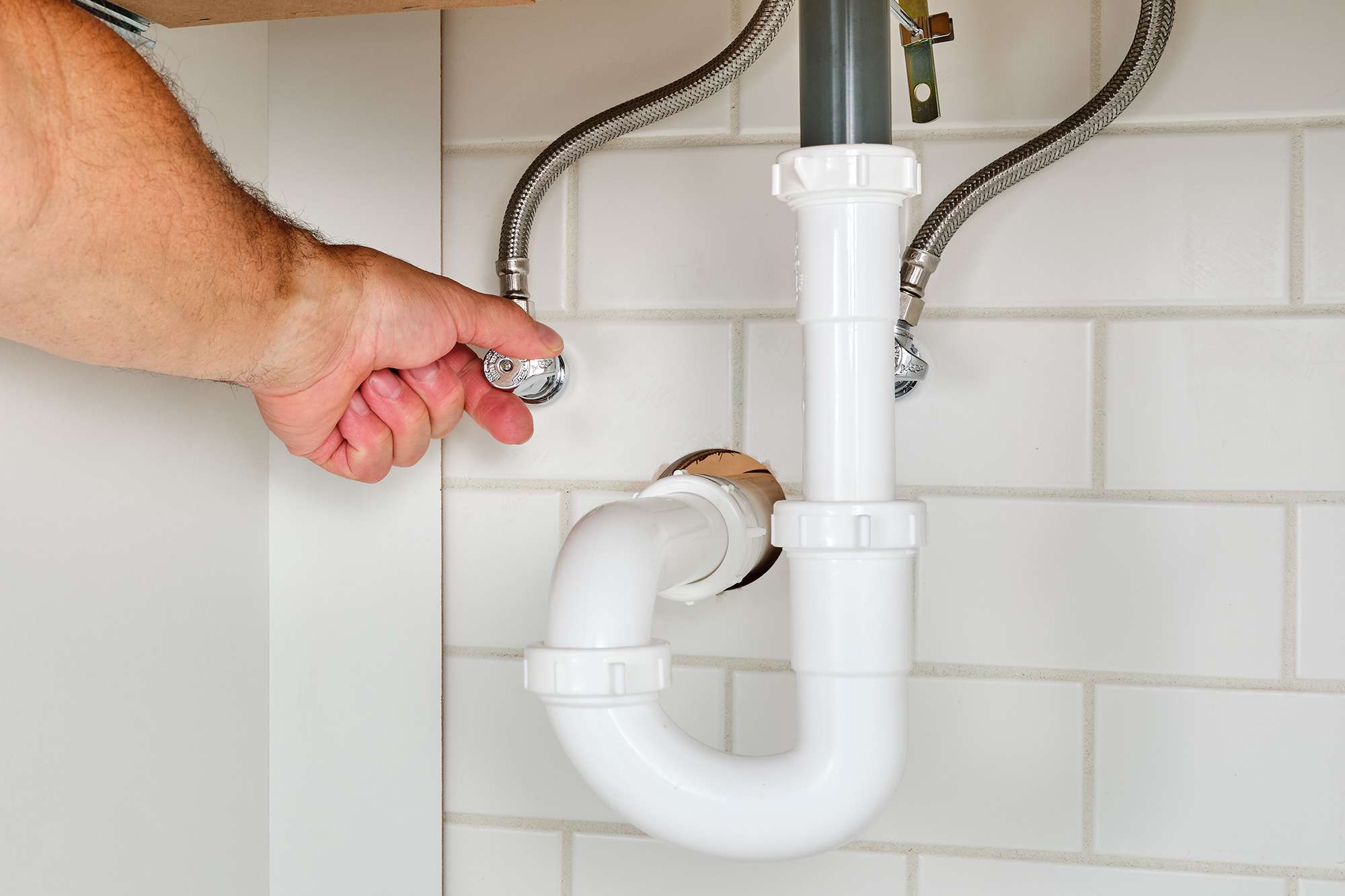

Articles
How To Turn Off Water To Kitchen Sink
Modified: May 6, 2024
Learn how to easily turn off the water to your kitchen sink with our informative articles. Perfect for DIY enthusiasts and home owners looking to tackle plumbing projects.
(Many of the links in this article redirect to a specific reviewed product. Your purchase of these products through affiliate links helps to generate commission for Storables.com, at no extra cost. Learn more)
Introduction
Having control over the water supply in your kitchen is essential for various reasons, whether you’re performing maintenance tasks or dealing with a plumbing emergency. Knowing how to turn off the water to your kitchen sink can save you from potential water damage and allow you to carry out necessary repairs with ease.
In this article, we will guide you through the step-by-step process of turning off the water supply to your kitchen sink. By following these simple instructions, you can gain confidence in handling water-related issues and ensure the safety of your home.
So, let’s get started!
Key Takeaways:
- Takeaway 1: Mastering the art of turning off the water supply to your kitchen sink can protect your home from potential water damage and facilitate repairs with ease, giving you peace of mind in handling water-related situations.
- Takeaway 2: Regularly checking the shut-off valve and surrounding area for leaks, labeling the valve for easy identification, and seeking professional assistance when needed are crucial steps in maintaining control over your kitchen sink water supply.
Step 1: Locate the Water Shut-Off Valve
The first step in turning off the water to your kitchen sink is to locate the water shut-off valve. This valve is typically found underneath the sink, either on the wall or inside the cabinet.
Begin by clearing any items stored beneath the sink to provide easy access to the shut-off valve. If you are unable to find the valve inside the cabinet, it may be located on the adjacent wall. In some cases, it might be concealed behind a panel or in a valve box.
Once you have located the shut-off valve, familiarize yourself with its appearance. The valve is usually a small lever or wheel-like handle that can be turned clockwise or counterclockwise to control the water flow. It’s important to note that the shut-off valve for the kitchen sink may differ in appearance from other shut-off valves in your home.
If you’re having trouble locating the shut-off valve, it’s recommended to refer to the plumbing diagram of your house. This can be found in the utility closet or with the other property documents provided at the time of purchase.
After identifying the shut-off valve, take a moment to ensure that it is easily accessible and not obstructed by any objects. This will be crucial when you need to quickly turn off the water in case of an emergency.
Once you have successfully located the shut-off valve and ensured easy access, you are ready to move on to the next step.
Step 2: Turn Off the Water Supply
Now that you have located the water shut-off valve for your kitchen sink, it’s time to turn off the water supply. Follow these steps to do so:
- Position yourself in a way that allows you to easily reach the shut-off valve.
- If the valve has a lever handle, turn it clockwise until it stops. This motion will shut off the water supply to the kitchen sink. If the valve has a wheel-like handle, turn it clockwise until it becomes tight.
- As you turn the shut-off valve, you may hear a slight hissing sound. This is normal and indicates that the water flow is being stopped. Keep turning until you can no longer hear the sound.
- Once the valve is fully closed, double-check that the water flow to the kitchen sink has stopped completely. To do this, turn on the kitchen sink faucet and observe if any water comes out. If no water is flowing, you have successfully turned off the water supply.
Remember, shutting off the water supply to the kitchen sink will not affect the water flow to other areas of your home, such as bathrooms or laundry facilities. It will only stop the water from reaching the kitchen sink.
It’s worth mentioning that some houses may have a main water shut-off valve that controls the water supply to the entire property. If this is the case, it’s advisable to locate and familiarize yourself with this valve as well, as it can be useful during emergencies or when performing extensive plumbing work.
With the water supply successfully turned off, you can now proceed to the next step with confidence.
Locate the shut-off valve under the sink and turn it clockwise to shut off the water supply to the kitchen sink. If there is no valve, you may need to shut off the main water supply to the house.
Step 3: Test the Water Flow
After turning off the water supply to your kitchen sink, it’s important to test the water flow to ascertain that it has been successfully stopped. Follow these steps to ensure the water flow is completely blocked:
- Ensure that all faucets connected to the kitchen sink are in the closed position.
- Once you have confirmed that all faucets are closed, turn on the kitchen sink faucet again.
- If water continues to flow, it indicates that the shut-off valve might not be fully closed. In this case, try tightening the valve a little further and repeat the process of testing the water flow. If the water flow still persists, you might need to seek professional assistance to inspect and repair the shut-off valve.
- If no water comes out of the kitchen sink faucet, congratulations! You have successfully shut off the water supply to your kitchen sink. This means you can now proceed with any maintenance or repair tasks without the risk of water damage.
It’s crucial to regularly check the water flow after shutting off the valve to ensure it remains closed. This will help in identifying any potential leaks or issues that might arise during the water shut-off period.
Remember, if you encounter any difficulties or observe persistent water flow despite turning off the valve, it’s best to consult a certified plumber to resolve the problem and avoid any further complications.
With the water flow successfully blocked, you can now move on to the final checks and precautions.
Step 4: Final Checks and Precautions
Before you conclude the process of turning off the water to your kitchen sink, it’s important to perform some final checks and take necessary precautions. Follow these steps to ensure everything is in order:
- Inspect the shut-off valve and surrounding area for any signs of leaks or drips. If you notice any water seeping out, tighten the valve further or consider seeking professional assistance.
- If you have a dishwasher or any other appliance connected to the water supply under the sink, make sure to turn off their water valves as well. This will prevent any accidental water flow or damage during the time the kitchen sink water supply is shut off.
- If you have completed the maintenance or repair task that required shutting off the water supply, remember to open the shut-off valve by turning it counterclockwise or loosening the wheel-like handle once you are finished. This will restore water flow to the kitchen sink. Ensure that all faucets are closed before gradually reopening the valve to avoid sudden water pressure surges.
- Keep the area around the shut-off valve clean and free of any obstructions. This will ensure easy access in case of any future emergencies or maintenance needs.
- Consider labeling the shut-off valve for easy identification in the future. This can be done by using a waterproof marker or attaching a labeled tag to the valve handle or nearby surface. This simple step will save you time and effort when you need to quickly locate and turn off the water supply to your kitchen sink.
By following these final checks and precautions, you can ensure the proper functioning of the shut-off valve and maintain the safety of your kitchen sink and surrounding areas.
Remember, if you are unsure about any step or encounter any difficulties during the process, it is always recommended to seek assistance from a professional plumber. They have the expertise to handle any plumbing-related issues and can provide guidance specific to your situation.
Congratulations! You have successfully learned how to turn off the water supply to your kitchen sink. Now you can confidently handle any future situations that may require shutting off the water and protect your home from potential water damage.
Stay prepared and knowledgeable, and your kitchen sink will always be under your control!
Read more: How To Turn Off Water Under Bathroom Sink
Conclusion
Turning off the water supply to your kitchen sink is an essential skill that every homeowner should possess. Whether you are dealing with a plumbing emergency or performing routine maintenance, knowing how to shut off the water can prevent water damage and facilitate repairs with ease.
In this article, we have provided a step-by-step guide on turning off the water supply to your kitchen sink. By locating the shut-off valve, turning off the water supply, testing the water flow, and performing final checks and precautions, you can confidently handle any situation that requires shutting off the water.
Remember that in some cases, there may be a main water shut-off valve for your entire property. Familiarizing yourself with this valve is important, as it can be instrumental in emergencies or when extensive plumbing work is required.
Regularly check the shut-off valve and surrounding area for any leaks or drips to ensure its proper functioning. Additionally, consider labeling the shut-off valve for easy identification in the future.
If you encounter any difficulties or have concerns, it is always advisable to seek assistance from a professional plumber. They have the expertise to handle complex plumbing issues and can provide guidance specific to your situation.
By mastering the art of turning off the water supply to your kitchen sink, you can protect your home from potential water damage and have peace of mind in handling any water-related situations that may arise.
Stay prepared, be knowledgeable, and take control of your kitchen sink water supply!
Now that you've mastered turning off water to your kitchen sink, why stop there? For those keen on keeping their home in top shape, diving into regular home maintenance is a must. From checking smoke detectors to cleaning gutters, these tasks ensure a safe, efficient living environment. Ready to tackle more? If that leaky faucet has been a nuisance, finding the right faucet repair solutions will save you time and money. Both guides offer practical advice, making DIY fixes straightforward and less intimidating.
Frequently Asked Questions about How To Turn Off Water To Kitchen Sink
Was this page helpful?
At Storables.com, we guarantee accurate and reliable information. Our content, validated by Expert Board Contributors, is crafted following stringent Editorial Policies. We're committed to providing you with well-researched, expert-backed insights for all your informational needs.
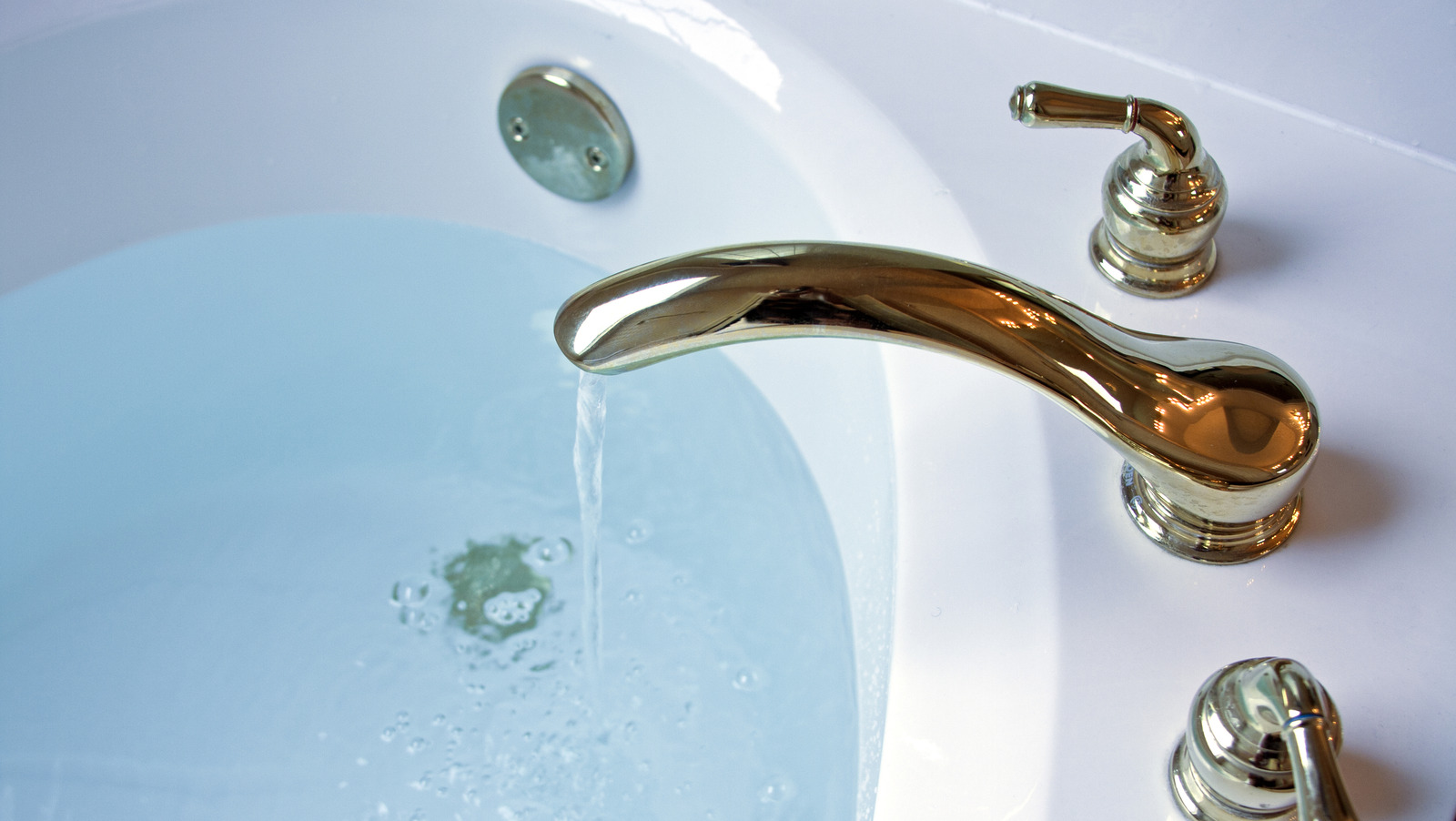
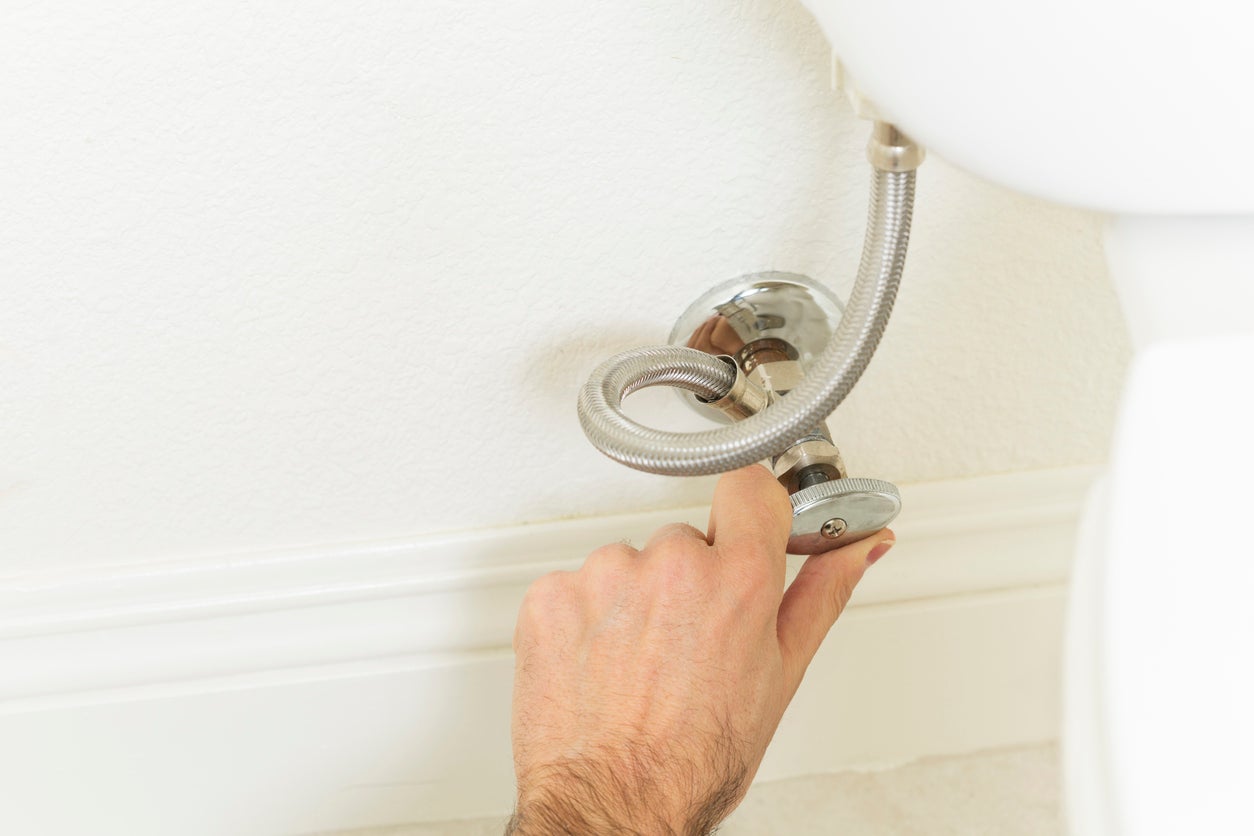
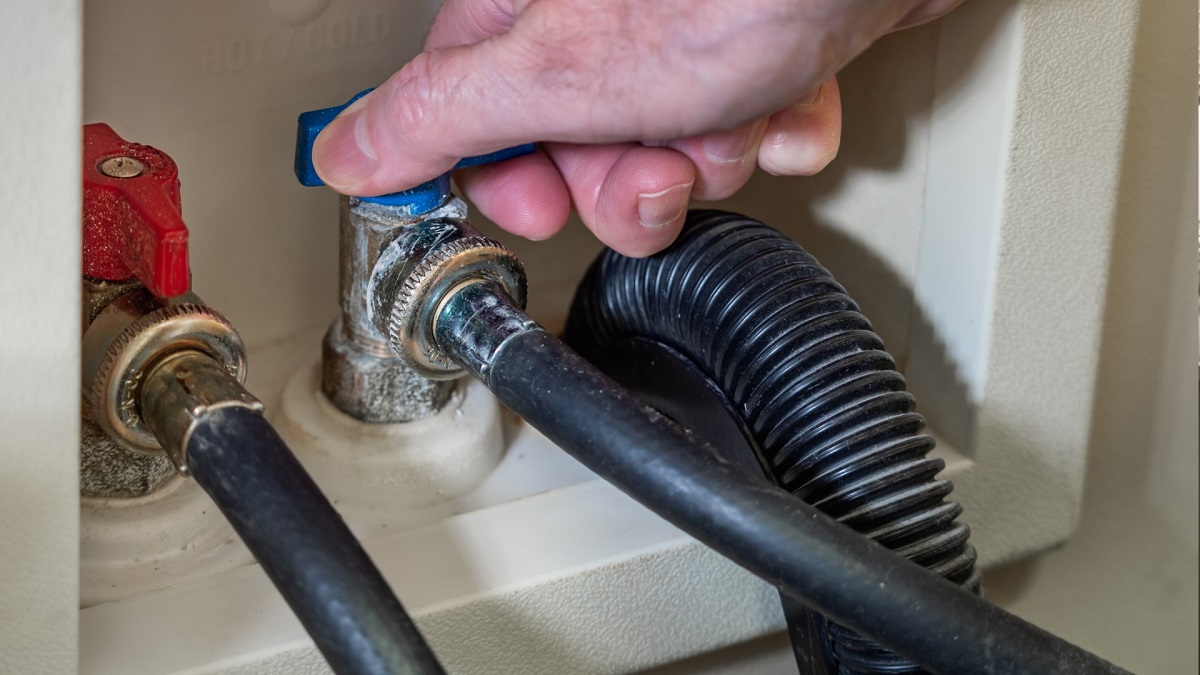
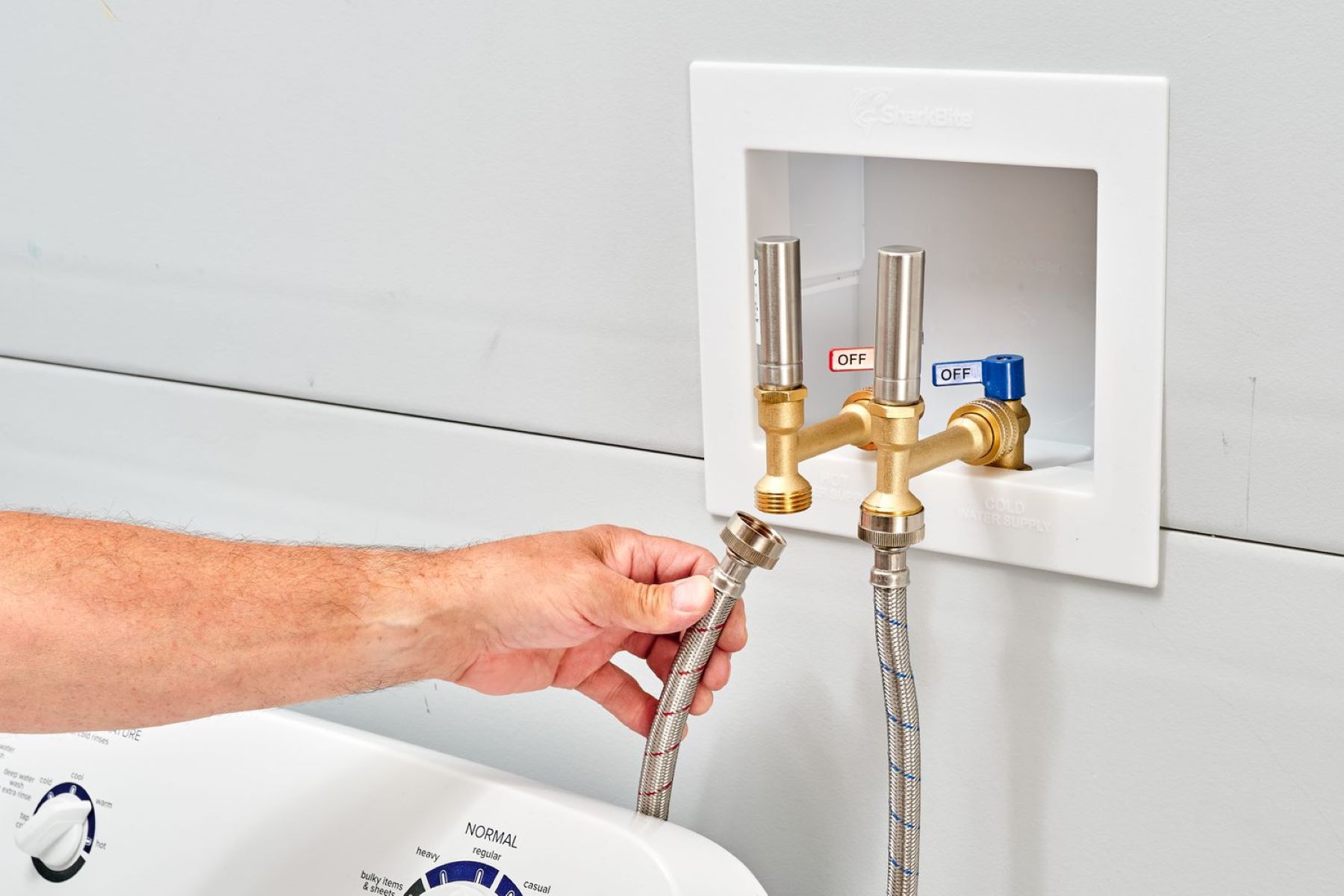
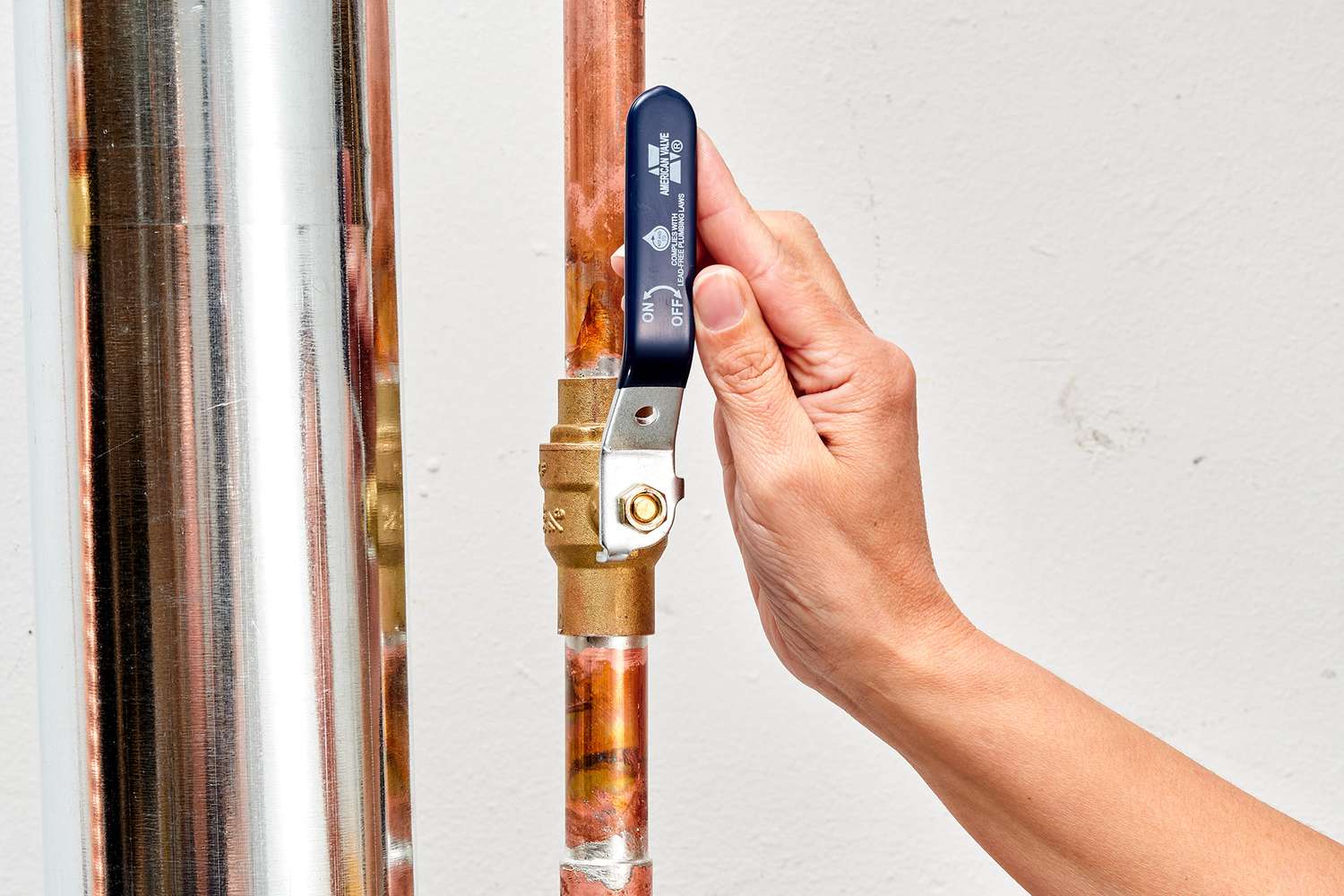
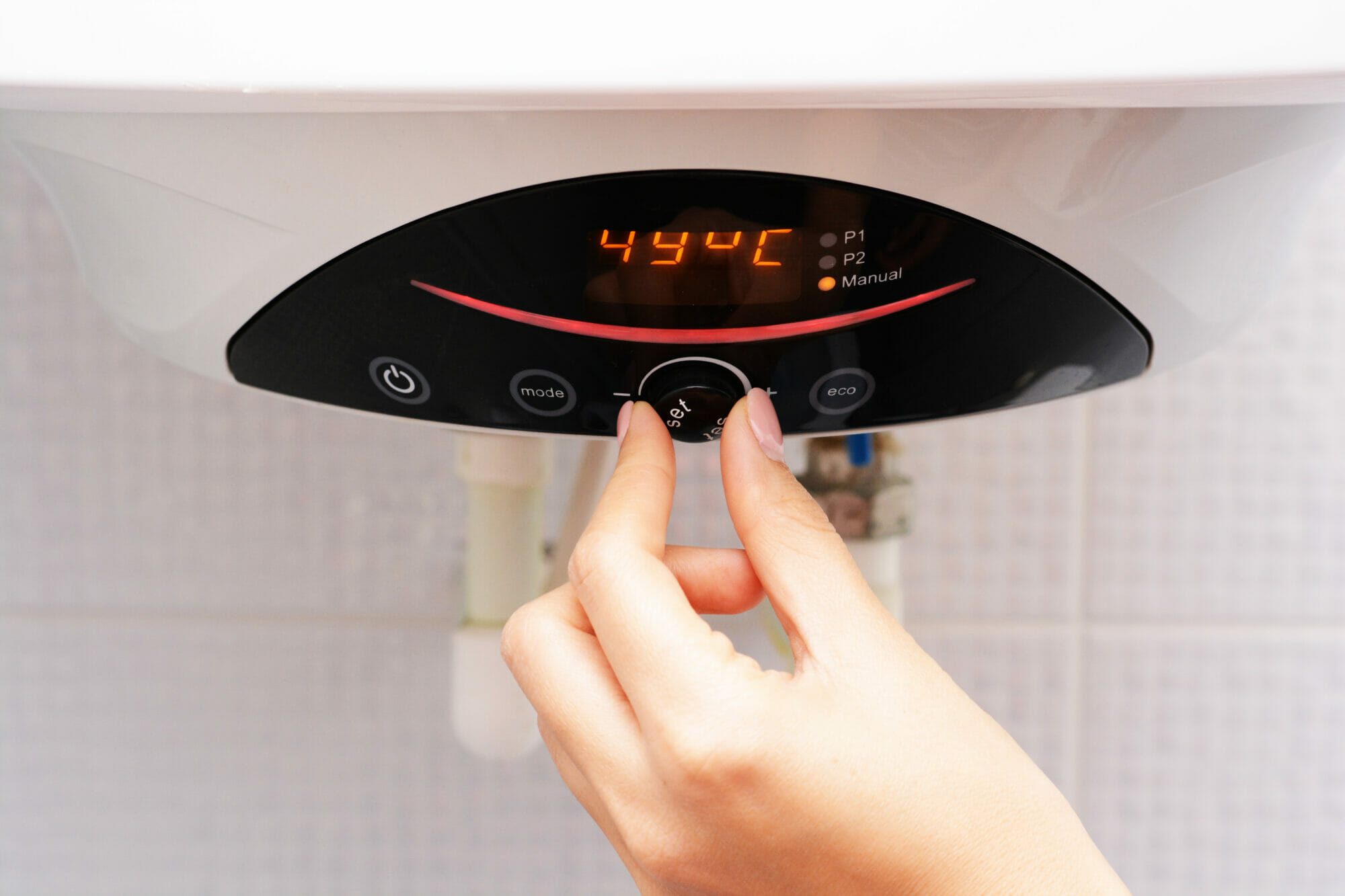
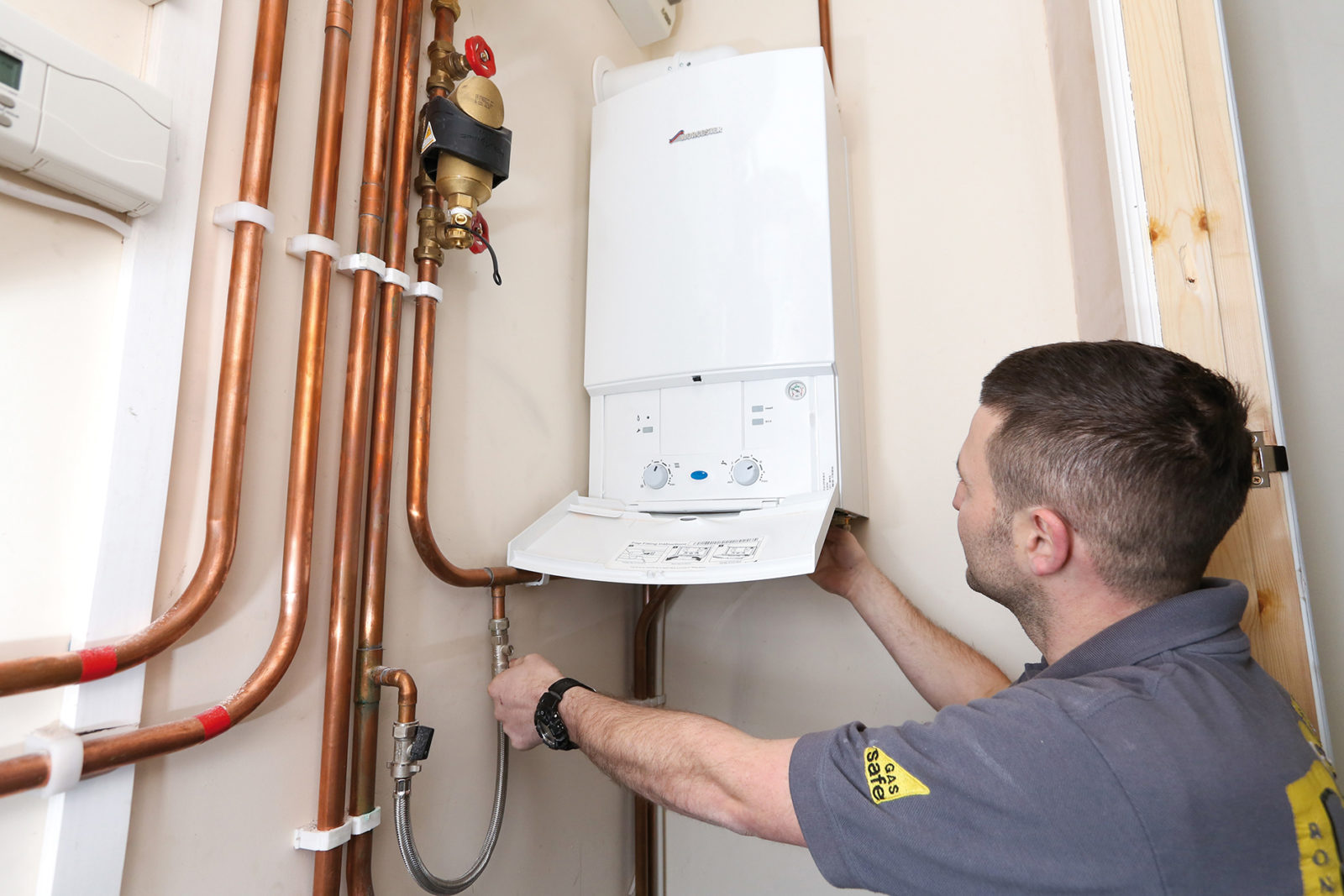
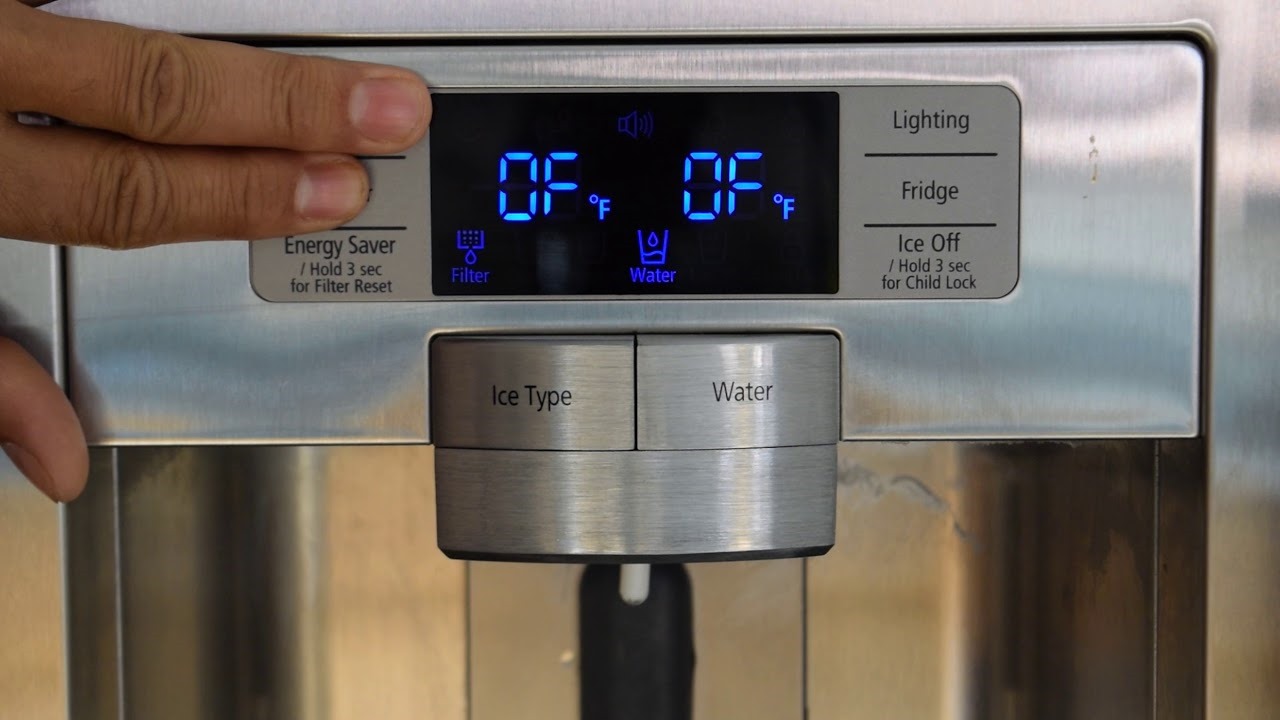
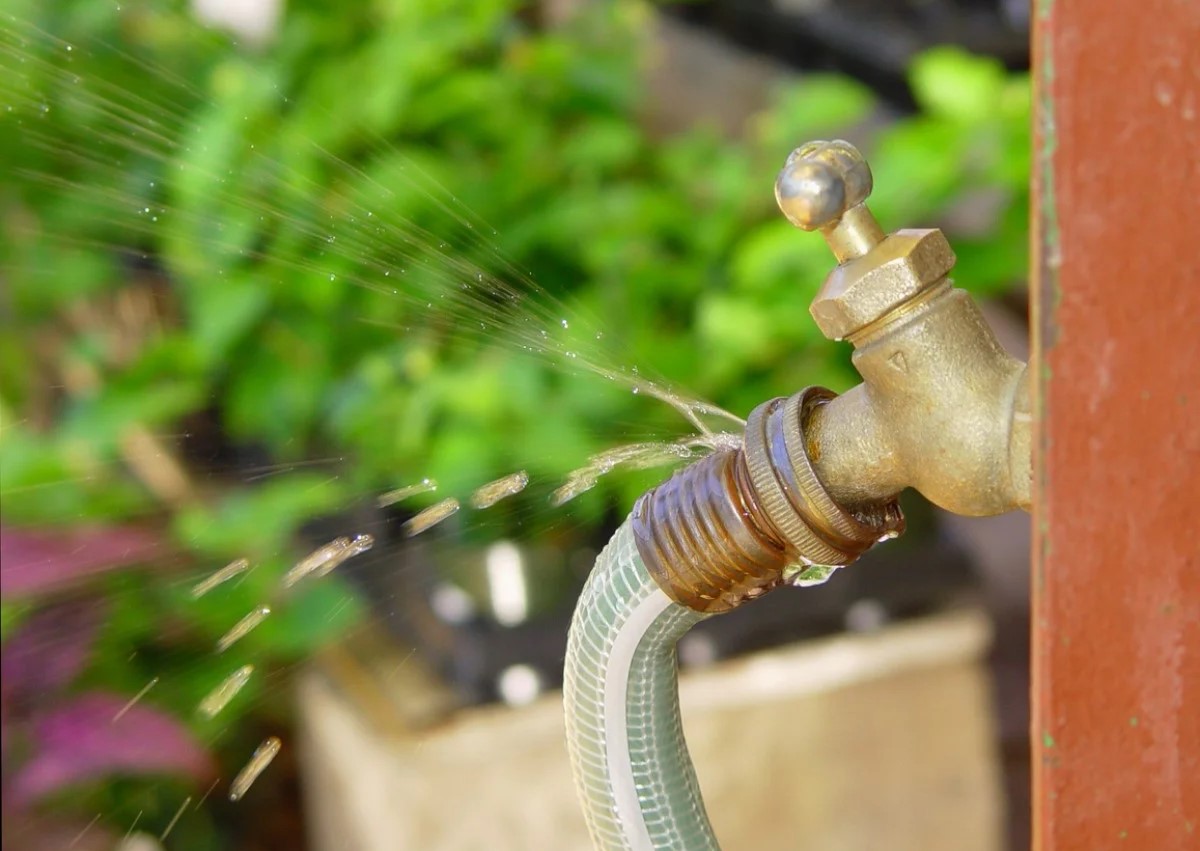
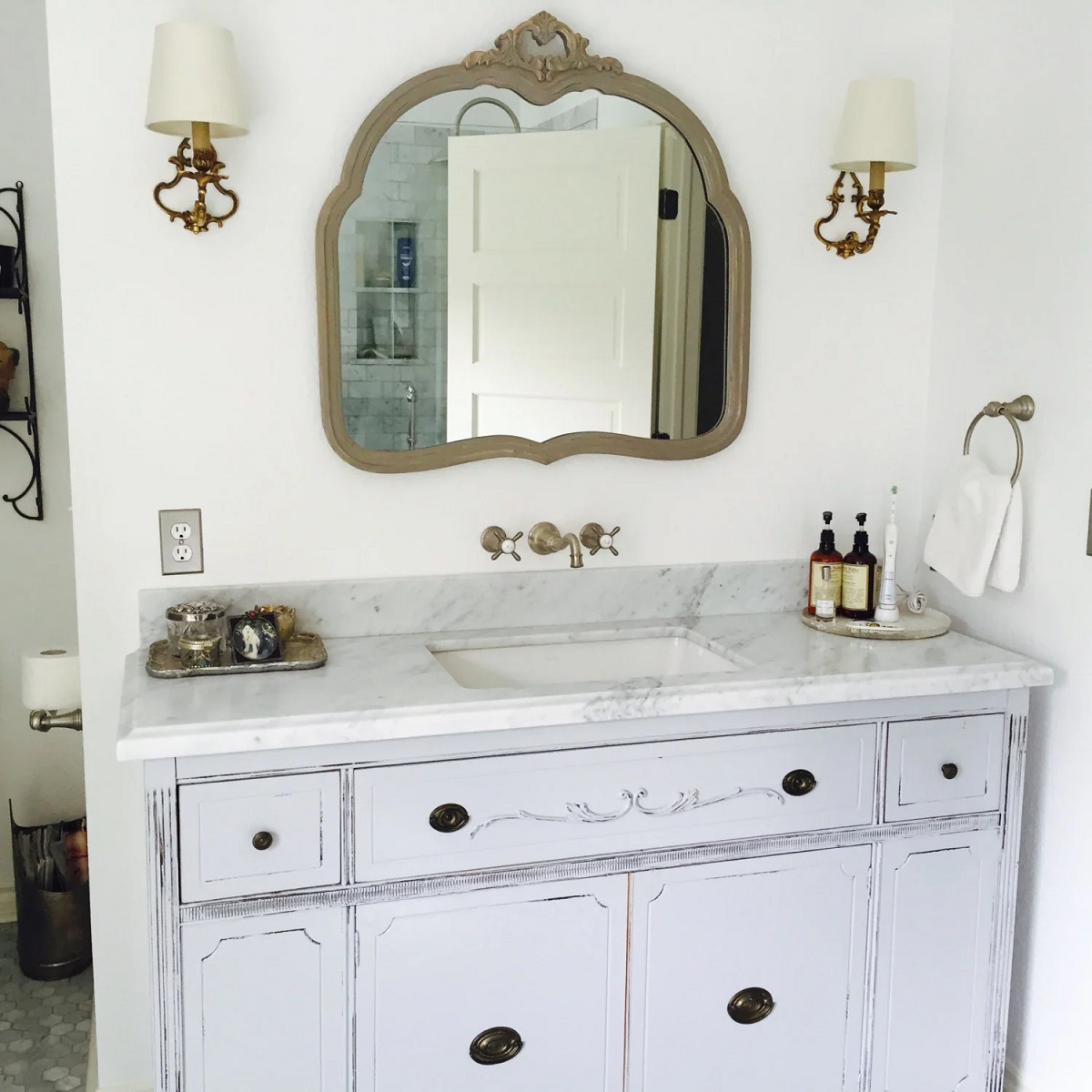
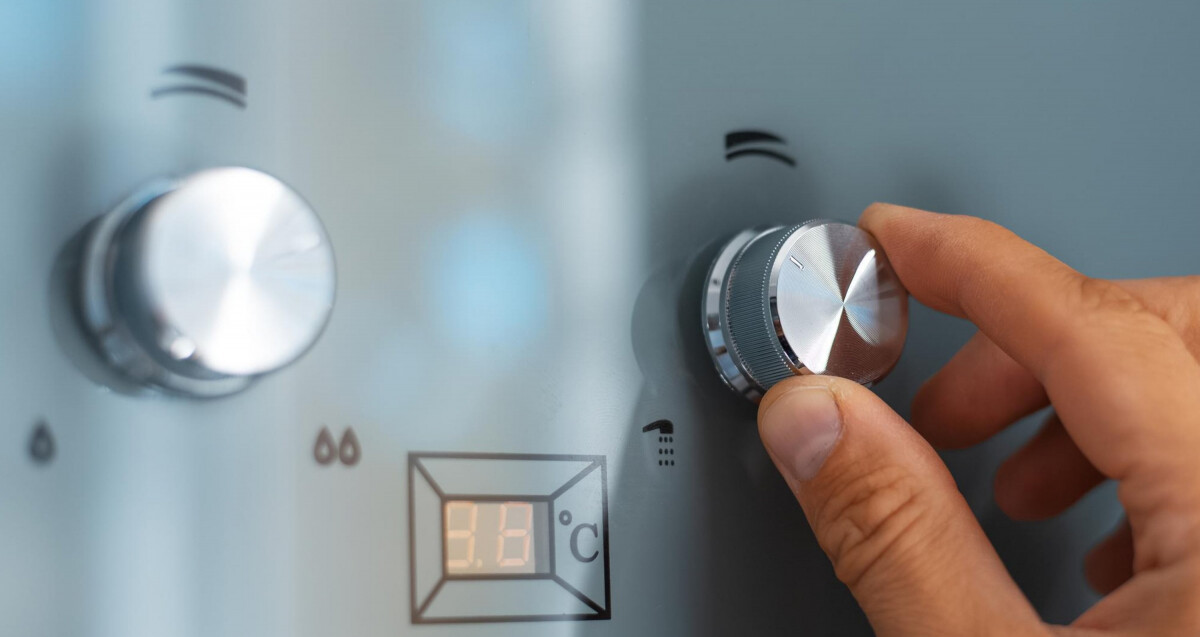

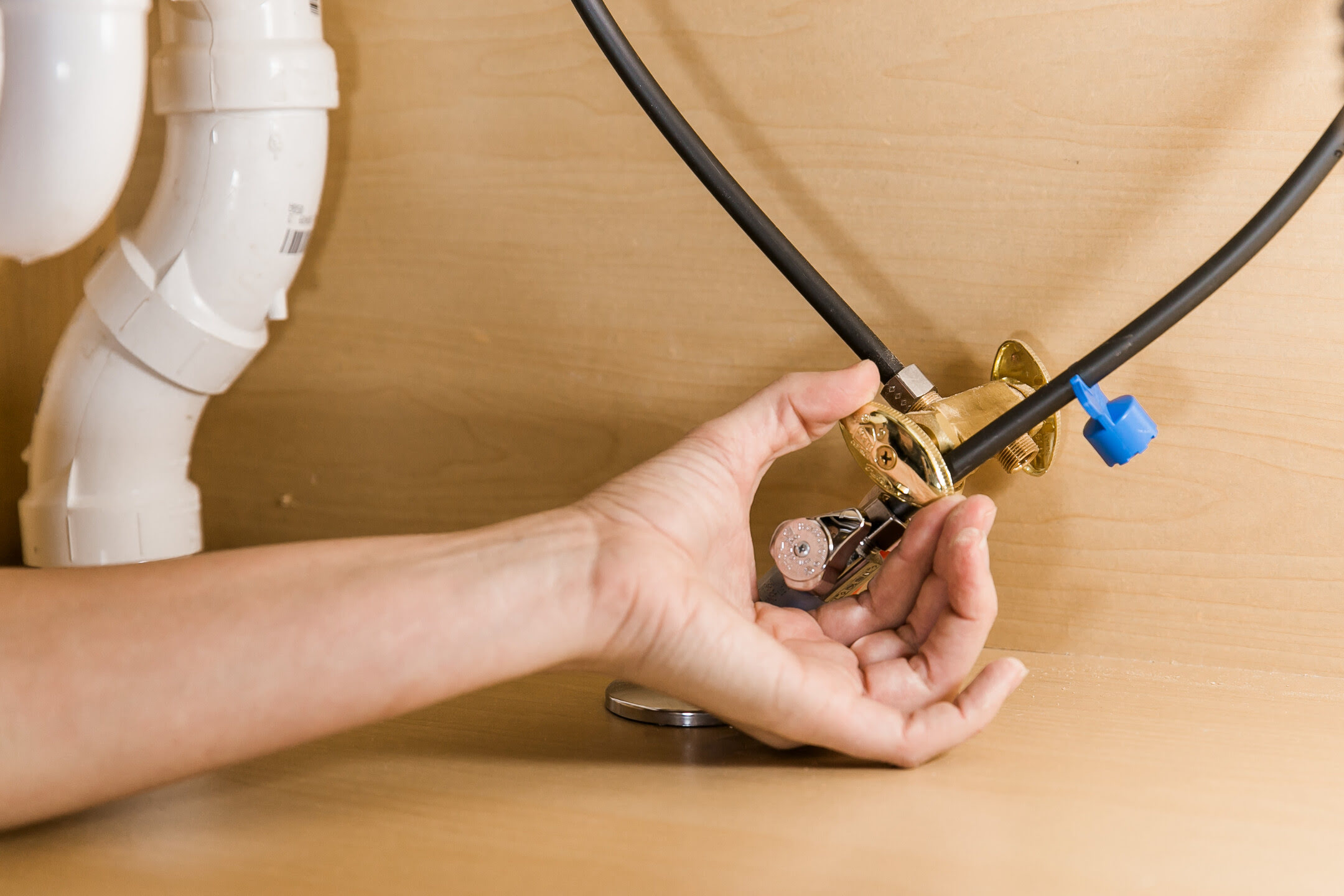
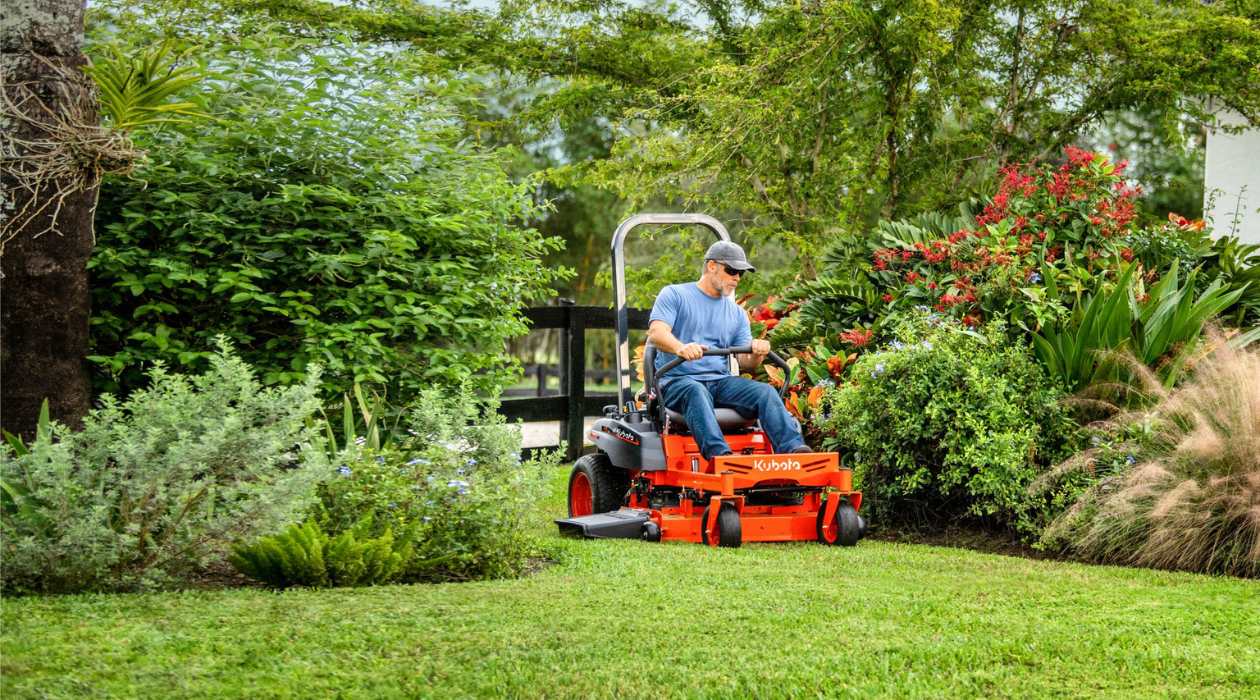

0 thoughts on “How To Turn Off Water To Kitchen Sink”